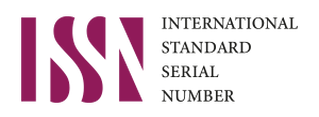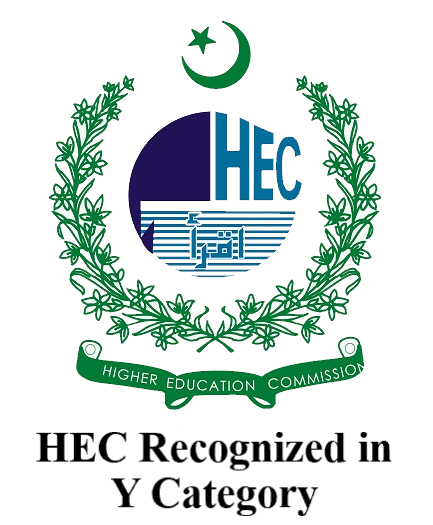Analysis of Zarb-E-Azab in International Elite Press and Image of Pakistan
DOI:
https://doi.org/10.71016/hnjss/phbqqn50Keywords:
Analysis, Framed, Image of Pakistan, Operation, Zarb-E-Azab, International Elite Press, News Stories, Global Terrorism IndexAbstract
The regime of communication prevails across the world. The country's images—negative vs. positive-- are built in the light of the coverage given in the press. The objective of this study to how the international press framed Pakistan's image and how the action taken by the state to contribute to the war against terror is perceived in the international elite press. Also, this study is an attempt to find out the difference in the image of Pakistan and any impact of this action on the image of Pakistan by the international community. Zarb-e-Azab (Z.E.A) is a military action waged against terrorists within the geographical boundaries of Pakistan. The researcher selected the international elite Press from the U.S.A, U.K, China, and India. These international elite presses were the New York Times (N.Y.T), the Sun, Global Times (G.T), and Times of India (T.O.I). In what ways did these selected Elite Press (E.P) frame, constructed, and frame Pakistan's image in their editorial pages and news reports during the operation Z.E.A. Researcher used content analysis as a method to test the hypotheses and answer the research questions. While the framing theory was used to support the study results. The result shows, Pakistan’s Image was positively developed at the international level, and U.S.A security departments recognized and appreciated Pakistan's civil leadership role and military action against terrorism. Operation Z.E.A destroyed the militant groups and made Pakistani society peaceful and established a terrorism-free image of Pakistan. The G.T.I, 2017 report also admired Pakistan's military efforts.
Downloads
Published
Issue
Section
License
Copyright (c) 2022 Dr. Syed Ali Hassan Shah, Dr. Syed Muhammad Bilal Shah, Hassan Gulfam (Author)

This work is licensed under a Creative Commons Attribution-NonCommercial 4.0 International License.








